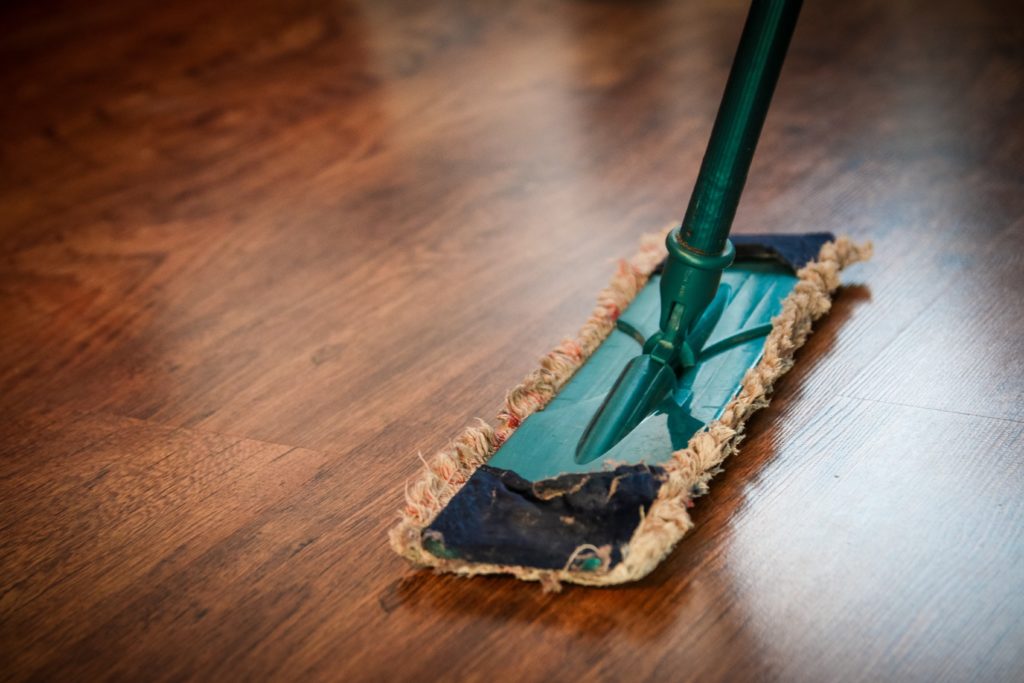“What can winter possibly do to my floors?”, you ask. The answer may surprise you.
Depending on the material your floor is made from, the changing of seasons can really do a number on the surface, as well as what’s underneath. Winter in the northern climes is especially tough on all types of flooring.
Here is a quick analysis of the risks to your flooring during the colder months, and what you can do about it.
CARPET and RUGS
Almost without exception, carpets and high-quality rugs have something called underlay beneath them. This serves as a sound and temperature barrier and to preserve the pile of the carpet for longer.
During winter months, dirty water from melting snow on boots, shoes, and garment hems not only seeps into the carpet fiber but can also get into the underlay. This can lead not only to continuing water damage to the carpet, but bad smells and mold growth can be tough problems to fix.
Stain protection coatings are always available when a carpet is purchased new, and are very much worth the extra cost in climates where water and snow might come into a home. Some carpet cleaning companies also offer a service where such a protective coating can be applied to existing carpets, which can even waterproof certain areas.
Keeping a good vacuuming schedule, and investing in a few rubberized doormats where outdoor footwear can be kept will also help to minimize damage.

HARDWOOD, LAMINATE and CORK FLOORS
One of the main enemies of these types of flooring is salt. Most laminate and hardwood floors can tolerate a certain amount of water, as long as it is wiped up eventually.
However, if saltwater is permitted to dry on these types of floors it can permanently mark the surface and score the material, even compromising protective coatings. Cork floors often need a little more attention than the other two types, as they are somewhat more absorbent and require the correct type of floor cleaners to look their best.
However, the good news is that regular cleaning, along with strategically placed doormats and rugs will really minimize the potential damage to these floors. Laminate floors often act very much like hardwood, although they are much more susceptible to water.
Therefore, keep on top of water pooling around exits and seating areas, paying special attention to gaps and seams. Hardwood floors also require special attention when it comes to humidity levels.
Hardwood can shrink, expand, and/or warp if the humidity levels change too drastically. Be sure to check the manufacturers’ recommendations and keep humidity levels somewhat constant during the heating season to reduce the stress on the wood.
TILE and VINYL FLOORS
These types of flooring are the most resistant to winter damage. While not completely impervious to water, a good schedule of cleaning and attention at the beginning and end of each season to seams and gaps can ensure these floors look good and survive years of changing seasons.
Winter comes with its own challenges, but now you are equipped to protect your floors!
